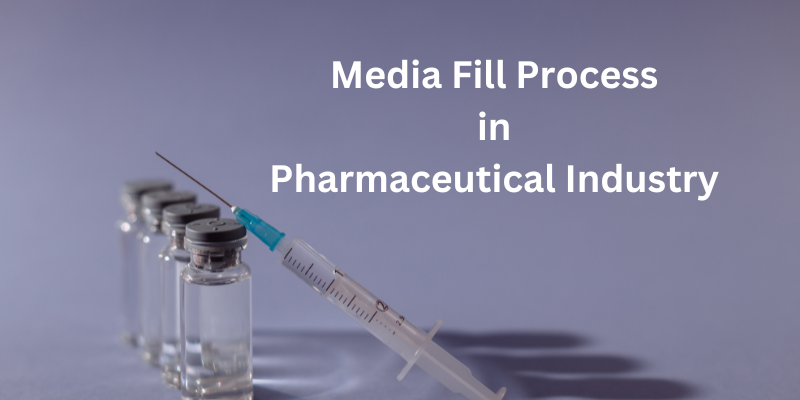Media Fill Process in Pharmaceutical Industry
Is a process simulation testing, is a critical validation procedure in aseptic pharmaceutical manufacturing. It ensures the sterility of drug products by simulating the entire production process using sterile media in place of the actual product. The importance of media fill lies in its ability to verify that every step of the aseptic process maintains sterility under operational conditions.
Objectives of Media Fill
- Validate Aseptic Processes: To ensure the entire process—from equipment setup to product packaging—prevents contamination.
- Evaluate Operator Performance: Assess how well operators adhere to aseptic techniques.
- Detect Weaknesses: Identify potential risks in the production environment or processes.
- Comply with Regulations: Meet regulatory requirements (e.g., FDA, EMA, and WHO guidelines).
Key Steps in Media Fill Process
1. Preparation and Planning:
- Define the Scope: Identify which equipment, facilities, and personnel will be involved.
- Risk Assessment: Evaluate critical control points where contamination risks may arise.
2. Selection of Growth Media:
- Media Types: Typically, Tryptic Soy Broth (TSB) is used due to its broad spectrum of microbial growth support.
3. Simulated Filling Process, Operate under actual production conditions.
4. Environmental Monitoring:
- Continuously monitor cleanroom parameters such as temperature, humidity, air quality, and particulate levels.
5. Incubation:
- Incubate filled containers at suitable temperatures (e.g., 20–25°C for 7 days, followed by 30–35°C for another 7 days).
6. Evaluation of Results:
- Examine containers for turbidity or other signs of microbial growth.
Critical Considerations
1. Frequency:
- Perform media fills at least twice per year per production line, or more frequently for new processes or equipment.
2. Number of Units:
- Follow regulatory guidelines, typically requiring at least 3,000 units or the full batch size if smaller.
3. Worst-Case Conditions:
- Simulate worst-case scenarios, such as extended production durations, high operator activity, or equipment interventions.
4. Deviations and Failures:
- Investigate any contamination thoroughly to identify root causes and implement corrective actions.
5. Documentation:
- Maintain detailed records of every step, including environmental data, operator activities, and results.
Conclusion
Media fill is the cornerstone of ensuring sterility in pharmaceutical manufacturing. By thoroughly simulating production processes, pharmaceutical companies can safeguard product quality and patient safety. A robust media fill protocol not only ensures compliance but also reinforces the reliability of aseptic processes.
Read also:
Resource Person: Dr. Abanoub Joseph

